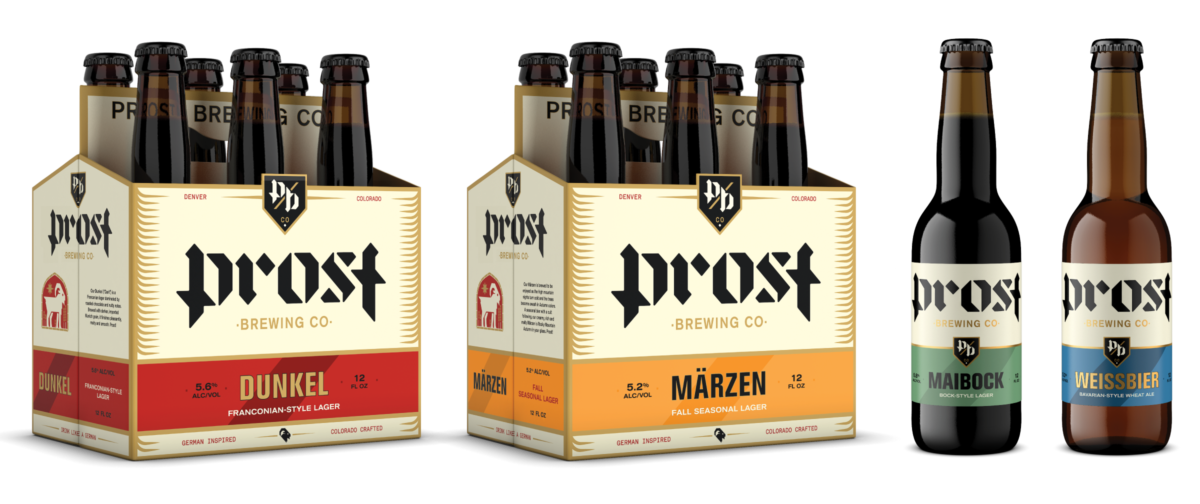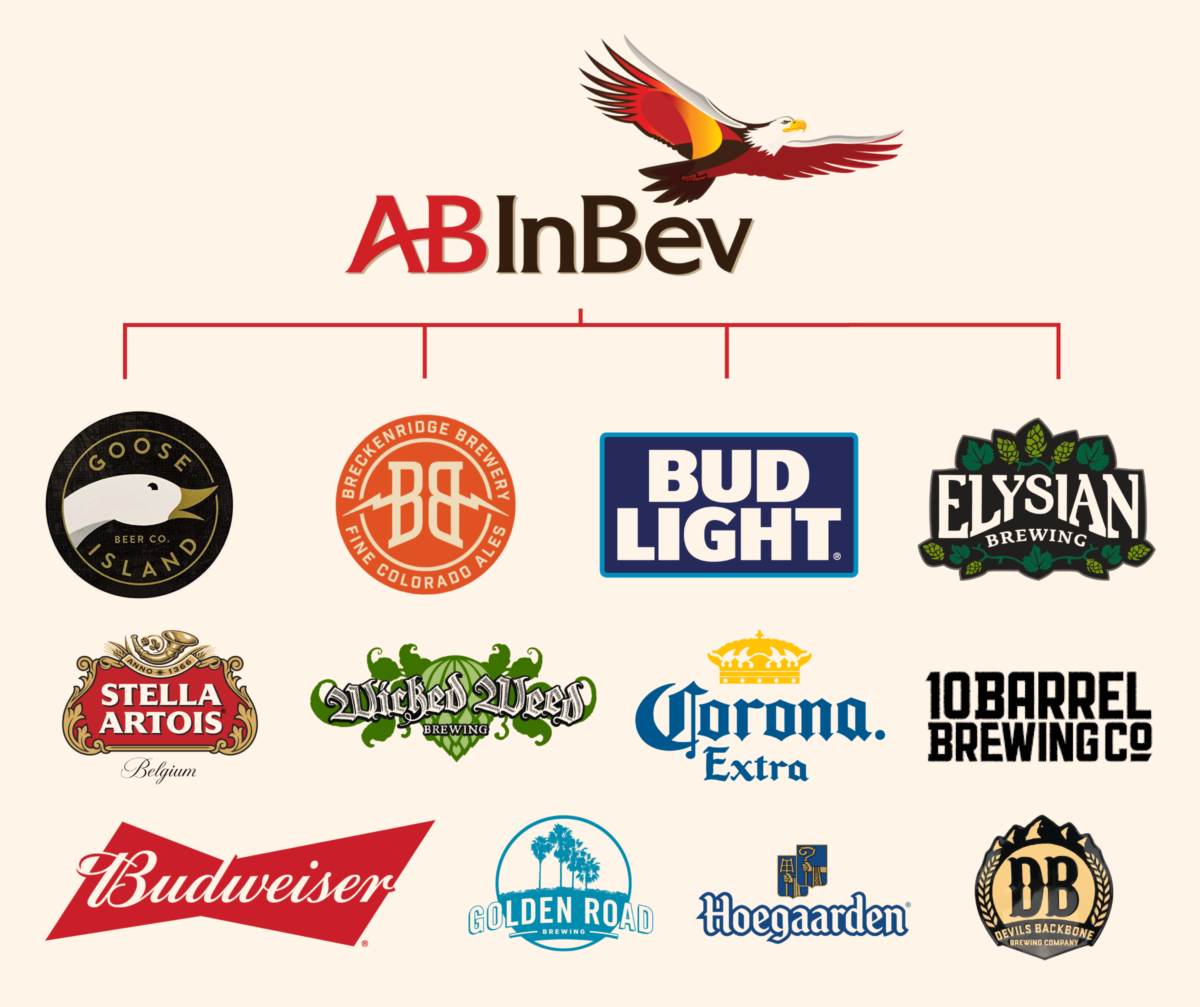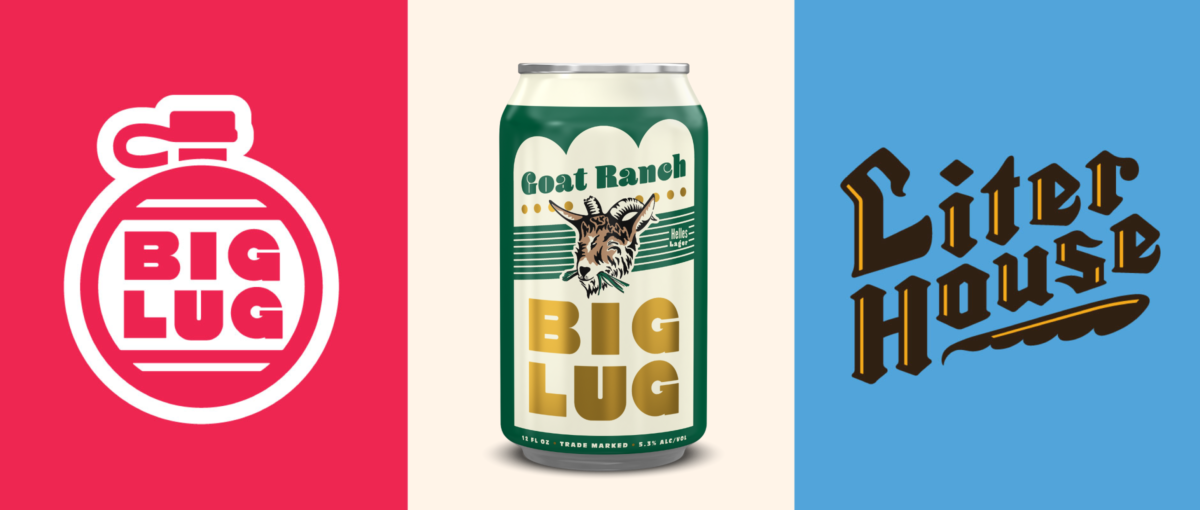As craft beer continues to mature, we’ve worked with more and more breweries who are opening a second, third or fourth location. We’ve seen this manifest as satellite taprooms or as entirely different brewery build-outs. We’ve seen breweries launch their own hard seltzer and/or cold-brewed coffee brands. We’ve seen breweries move to open distilleries, restaurants, food trucks, dining halls, event centers and even hotel concepts. As breweries continue to redefine what they offer, we’re seeing a rise in complicated decisions that need to be made—such as: Do we use our brewery name on this new location, or should we make it more tailored to the adjacent neighborhood? If we want to open a new food concept, should we use our brewery name? Does that even make sense if we’re not brewing there?
It’s easy to get lost in the weeds, so for brevity’s sake we’ll discuss a couple common approaches you may find useful as you begin to map your brewery’s brand architecture. In an ideal world, these rules would be outlined during your foundational branding process. But, as shown in the examples above, you can grow into it down the line as you add more concepts and products to your overall offering.
Branded House
A ‘branded house’ architecture centers around a strong master brand that lends its name (and often, its look) to all products in a given portfolio. In this case, each one of a brewery’s products support the main brand, without having much in the way of its own individual identity. This is the most common approach breweries bring to the market, and it’s easy to see why. Investing effort into one clear brand helps newer companies and products to build a sense of familiarity and trust.
Examples from the craft beer world: Prost Brewing out of Denver, Colorado names their beers as such: Prost Pilsner / Prost Dunkel / Prost Weissbier / Prost Kölsch / Prost Kellerbier. Their satellite taprooms and production brewery each bear the Prost name. This consistency creates a strong footprint as Prost continues to expand.




